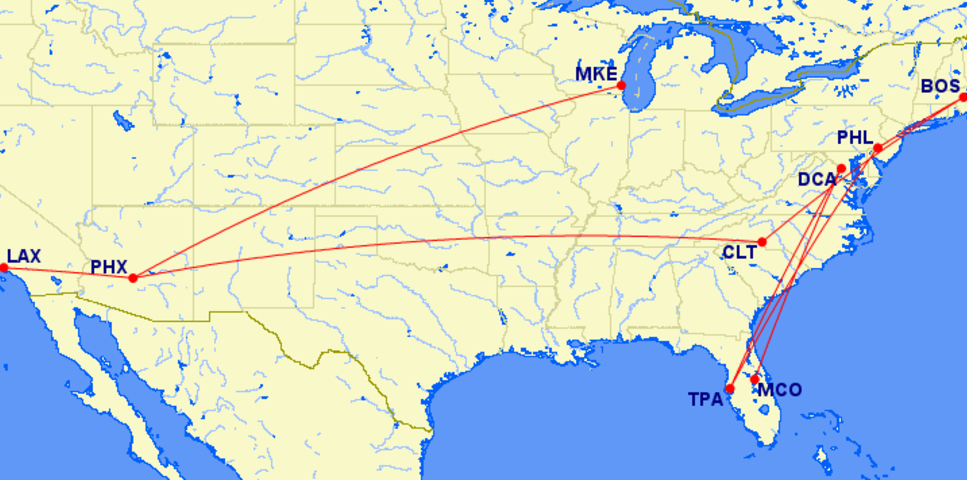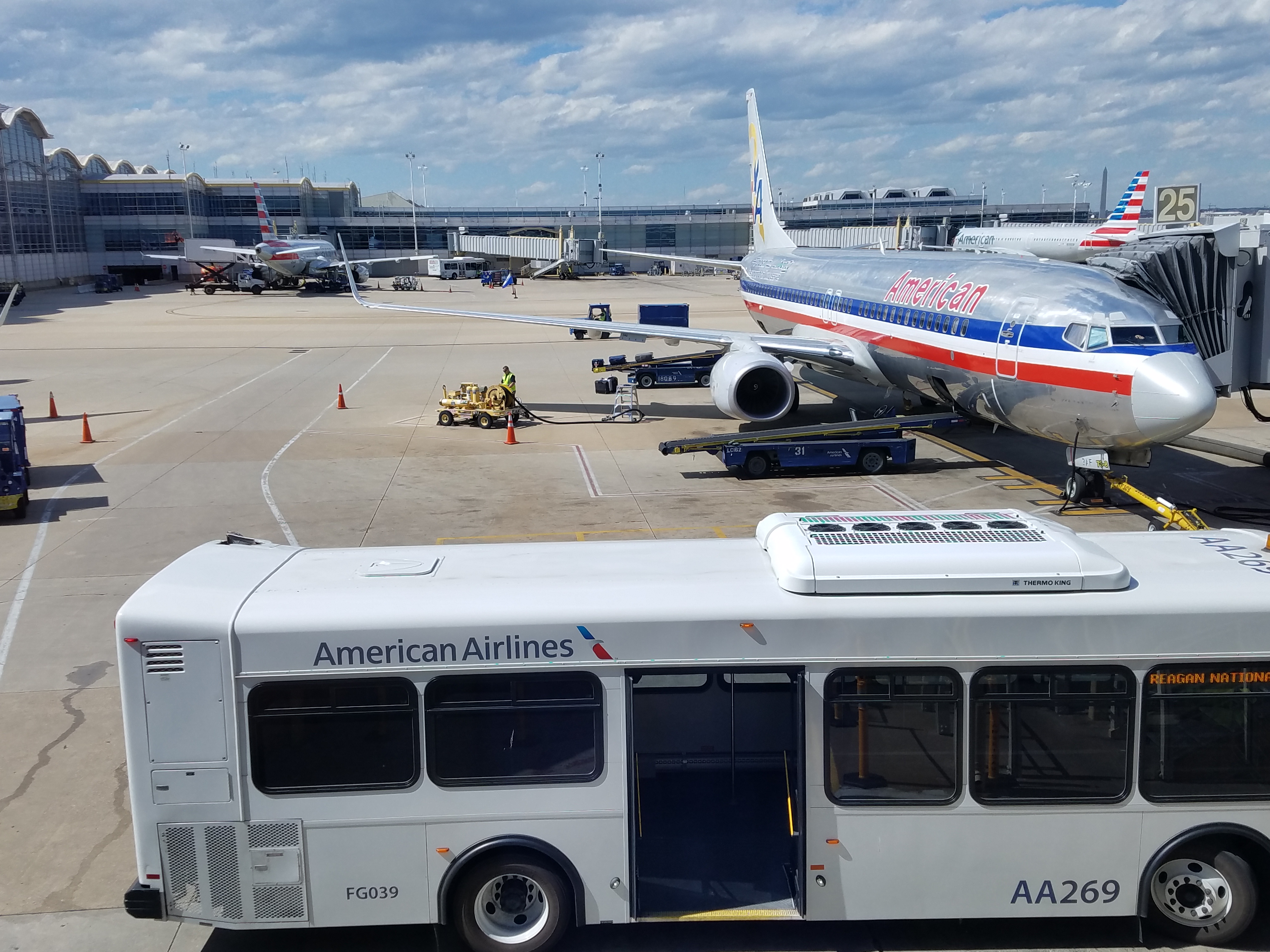A legacy US Airways Airbus A320, retrofit with Gogo’s 2Ku satellite internet technology, is now in service.

Speed Test Onboard Gogo’s 737 ‘Jimmy Ray’
The registration on this plane is N102UW and you can track what routes it’s flying.

This is the first of “a few this year” according to American. Accelerated rollout begins next year although it will be several years before the mainline fleet converts substantially to faster satellite internet.
American’s domestic fleet will be served by two satellite internet providers. In addition to Gogo, which provides the current air-to-ground internet for American’s planes, they’re buying satellite internet from ViaSat. I had assumed that the first ViaSat install would be on American’s 737 MAX aircraft, however American tells me “we expect to see it on some 737-800s this fall. As it stands now they will beat the MAX into revenue service.”
When American announced their plan for satellite internet, 140 planes were announced for Gogo’s 2Ku. and they indicated that regional jets would keep their current air to ground Gogo installations. Fewer passengers are taxing this bandwidth, often on shorter flights, and as more planes transition to satellite the air to ground network itself should perform better.

American’s First 2Ku-equipped Plane Has Flown Several Flights In and Out of DC
Ultimately American will have (3) different internet providers:
- Gogo ground-based internet for regional jets and Gogo satellite internet for domestic mainline
- ViaSat internet for a substantial portion of the domestic mainline fleet
- Panasonic for international long haul aircraft
Just as American has half a dozen different business class seats, and various interiors on domestic aircraft, this doesn’t contribute to consistent customer experience. (United knows this problem with multiple internet providers well.)
And losing the ability to sell monthly internet subscriptions from a single domestic fleet provider risks losing some passenger business — a customer with monthly internet has a lower trip cost booking American than booking a competitor airline at the same airfare, since they’re going to have to buy internet from another airline but not from American.
However faster internet speeds are finally coming to American, as they’ve been coming to Delta which is farther ahead in its 2Ku installations, and with the first plane in the air it’s become reality.
American hasn’t told me what speeds they’re achieving on the first satellite internet aircraft. Each airline sets the specifications they want rather than offering unthrottled internet. Although in an unthrottled setting I’ve had download speeds over 20 Mbps — twenty times faster than I often experience with air to ground, and enough to easily stream content.


17Mbps….. LoL.
Hopefully this will be rolled out on more aircraft because when I’ve used GoGo its been really slow and not worth the cost of the service.
Of course, it’s on a LUS plane with no on-board power.
Hope Centurion’s free Gogo includes these planes and isn’t deemed a “premium service” or some such nonsense. Hate that there are different providers – devalues the Centurion benefit.
As Thomas wrote – “no onboard power.”.. When taking 2 flights on AA – both with no on board power and not enough time to do a recharge in between flights (arrive one terminal and go out of another) and then this week – with delays on both of my flights and no extra places in gate area to plug in, using internet is a huge battery drain. I travel with portable charger but even that has capacity limits.
@TheJetsFan – I’ve confirmed that gogo monthly passes work on these planes, they aren’t excluded, so I’m guessing that the Amex-provided gogo passes will work as well.